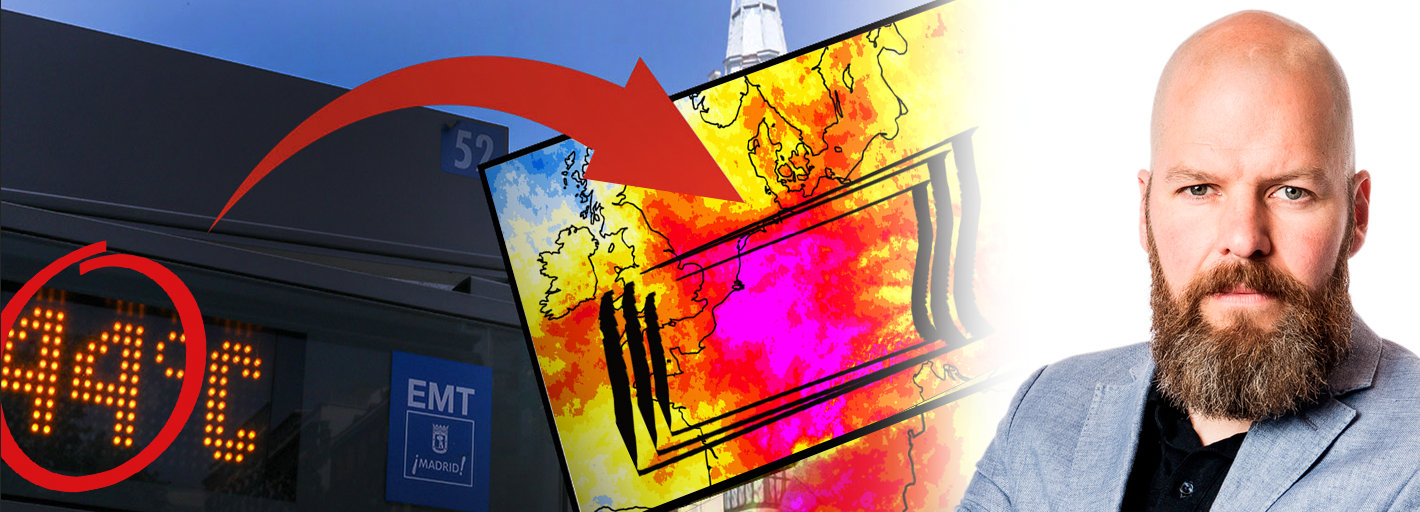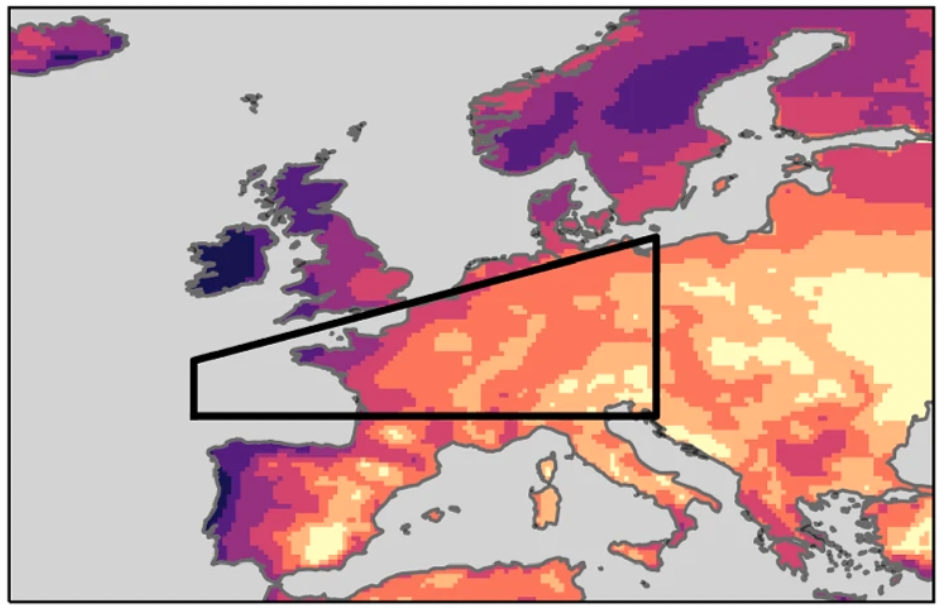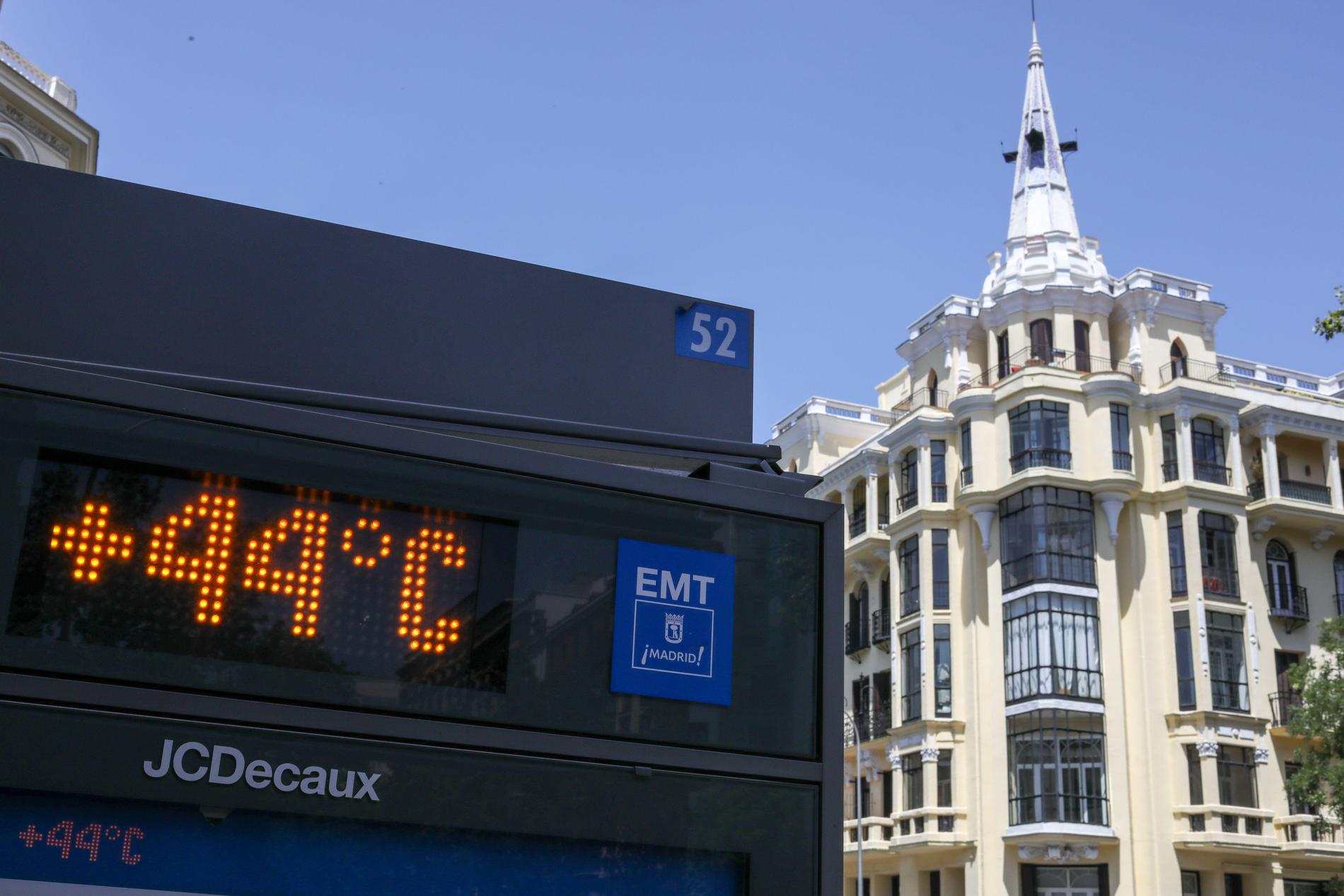
Climate & environment
What are the researchers missing in the black sector?
Jonathan Jeppsson
Digging manager and climate columnist
This is a commenting text. Analysis and positions are the writer's.
Published 20.39
Does climate research underestimate warming?
The question is as hot among climate scientists as warming itself.
It's all about aerosols - and a new study shows how the models miss something in a black sector.
In large parts of western and central Europe, summer temperatures have risen three times faster than average global warming since 1980.
The problem is that this sharp increase has not been captured by the climate models – this is shown by a new study published in Nature.
The reason?
Yes, according to the report authors, it is a matter of the models missing the effect of reduced emissions of aerosols, i.e. sulfur particles in the atmosphere. And by publishing these new findings, they are at the same time really poking at the hornet's nest that research into aerosols constitutes.

There is no guestion more infected right now than that of aerosols – and whether or not warming is accelerating.
In opposite ring corners stand two really heavy players:
"Climate godfather" and former Nasa scientist James Hansen on one side (seconded by Leon Simons). The influential Michael E Mann on the other (supported by Zeke Hausfather).
Hansen argues that climate models underestimate future temperature increases. This is because of non-linear feedback loops and that real temperature increases can accelerate faster than many forecasts show.
Mann claims the opposite: that temperature increases have continued at a relatively constant rate and that is bad enough. And that Hansen is an alarmist.
The invective between the two camps rages – through the increasingly carbon dioxide-filled atmosphere. The sarcasm on X is sometimes dripping and quite unusual to see in these contexts.

But what consequences does it actually have?
Well, that the temperature for heat waves is constantly underestimated in western and central Europe - both now and in the future. Future heat waves may be significantly worse than the climate models are allowed to predict.
In Eastern Europe, where aerosol emissions have decreased faster than in the West, the models may underestimate the heat by three degrees.
Researchers have been able to establish that the earth's energy imbalance is now severe -it doubled between 2005 and 2019.
Of course, more sunlight reaching the earth's surface also increases warming, and in recent years the energy imbalance has increased even more. Theories claim that it is precisely the reduction in aerosols that may have contributed to this change.
Another new study claims that the climate effect of reduced aerosol concentrations between 2001 and 2019 can be compared to approximately 10 years of greenhouse gas emissions.
The battle about how this actually happens will continue - but it is quite clear that the effect of the aerosols is something that lies beyond the field of view of many researchers.
At worst, there is a very unpleasant danger moving out there.

Inga kommentarer:
Skicka en kommentar